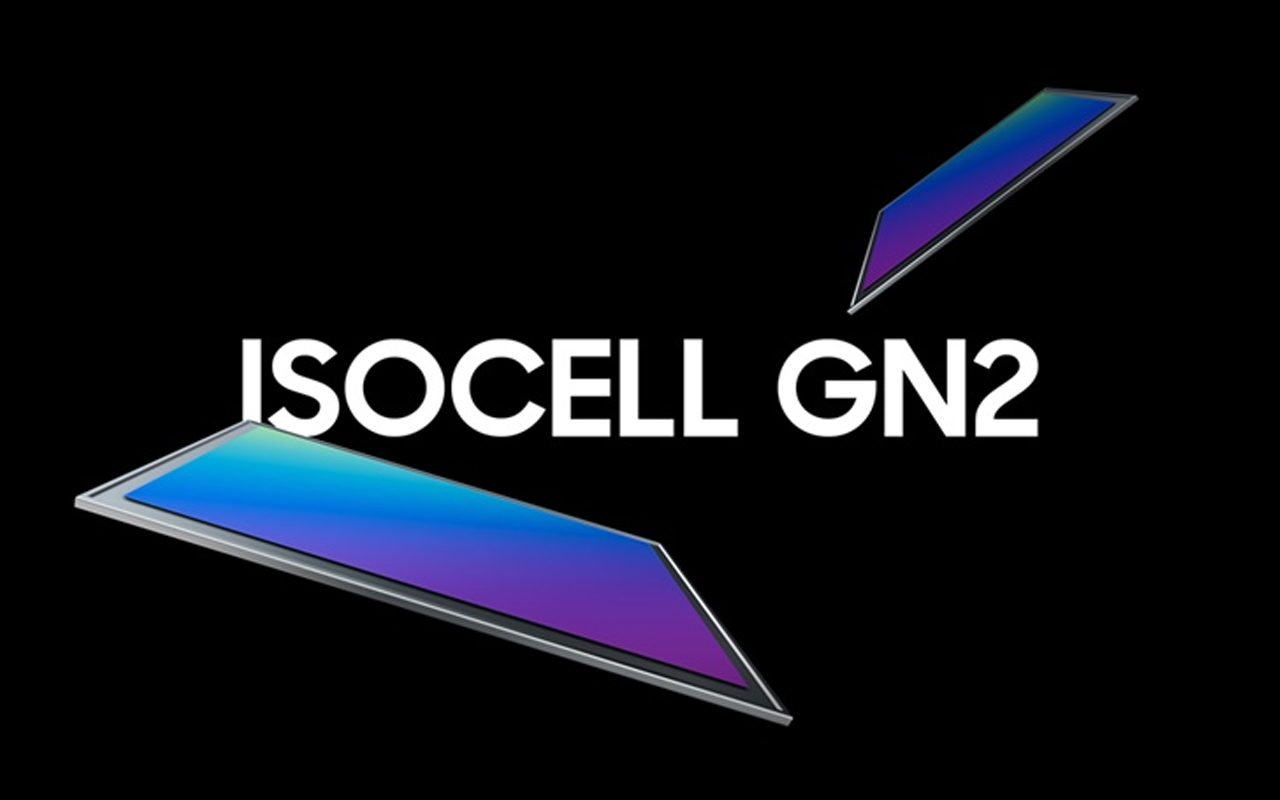Samsung is the second most popular mobile camera sensor brand, and a lot of brands use Samsung's ISOCELL camera sensors. Google has used ISOCELL camera sensors in its Pixel smartphones for a few years. And it looks like Google will continue to use a mix of Samsung's and Sony's camera sensors in its next-generation phones.
Pixel 8 series uses Samsung's ISOCELL GN2 50MP camera sensor
According to a report from Android Authority, the Pixel 8 and the Pixel 8 Pro will use the ISOCELL GN2 camera sensor for the primary rear camera. It is Samsung's biggest camera sensor ever, at 1/1.12-inch. It has a resolution of 50MP and can capture 12.5MP, 50MP, and even 100MP images (remosaic mode). However, we doubt that Google will use the 100MP mode in the Pixel 8 series. It also features Dual Pixel Pro autofocus, Staggered HDR, and 4K 120fps or 8K 30fps video recording.
The Pixel 8 Pro uses the ISOCELL GM5 48MP telephoto camera with 5x optical zoom. It is a 1/2.55-inch sensor with PDAF and up to 8K 30fps video recording. The Pixel 8 has a 12MP Sony IMX386 ultrawide camera, while the Pixel 8 Pro reportedly uses a 64MP Sony IMX787 ultrawide camera. The Pixel 8 Pro also features a ToF sensor (for 3D object recognition and advanced focus) and a temperature sensor.
The ISOCELL GN2 is bigger than the ISOCELL GN1 sensor used in the Pixel 7 and the Pixel 7 Pro, and it should be able to offer improved image quality. It also features Staggered HDR and up to 8K 30fps video recording. Pixel phones haven't ever provided 8K video recording, but that could change with the Pixel 8 and the Pixel 8 Pro.
ISOCELL GN2 is bigger than Galaxy S23 Ultra's 200MP ISOCELL HP2 sensor
The ISOCELL GN2 sensor used in the Pixel 8 series is bigger than the Galaxy S23 Ultra's 200MP ISOCELL HP2 sensor and the 1/1.28-inch 48MP Sony sensor used in the iPhone 14 Pro series. Hence, it is capable of offering some of the best images and videos. However, it remains to be seen how competitive Google's image processing is.
Ideally, even Samsung needs to upgrade to a 50MP sensor for the ultrawide and telephoto cameras. However, the Galaxy S24 series isn't bringing such a change, and the South Korean firm is largely sticking to the same cameras as the Galaxy S23 Ultra.







